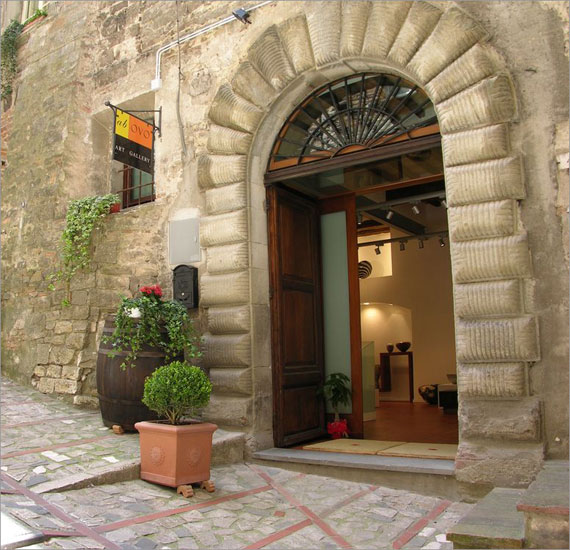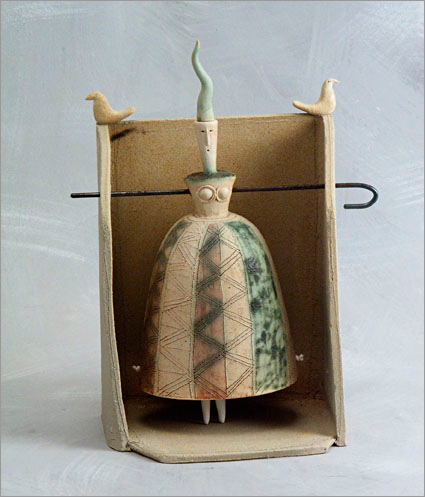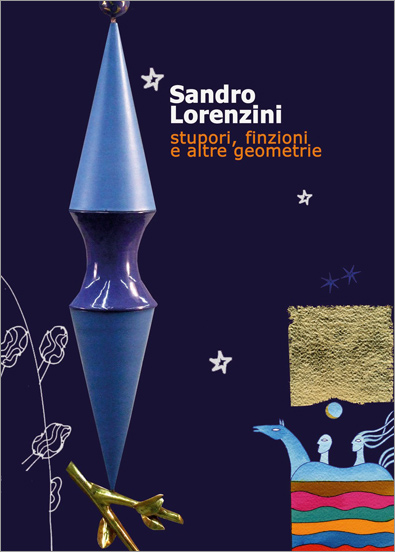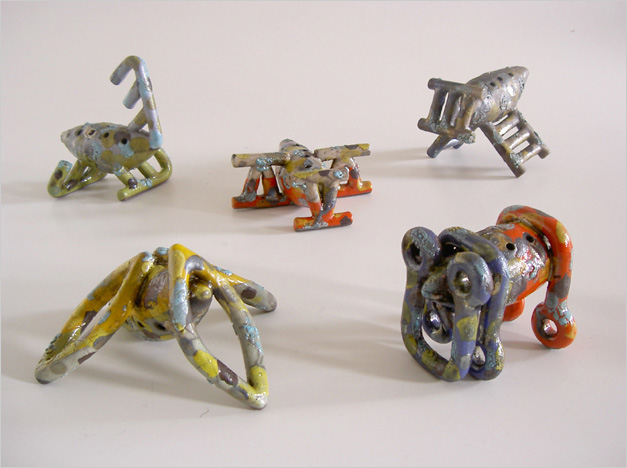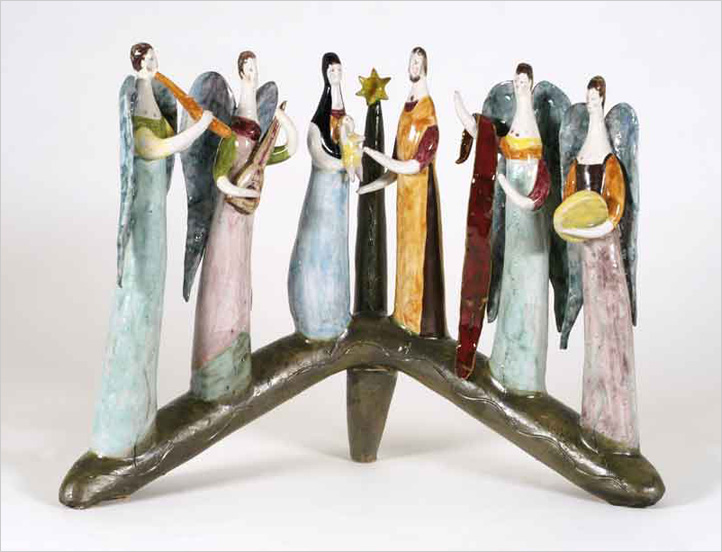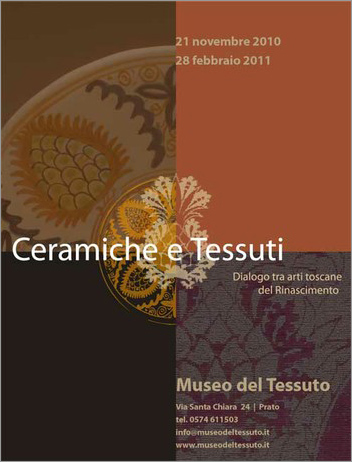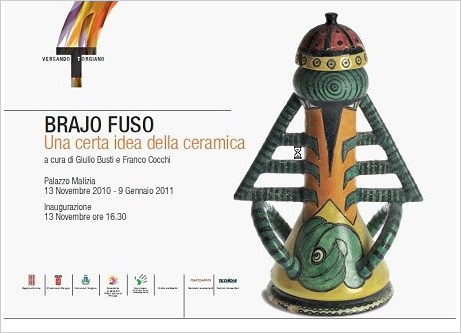Jan. 15 – Feb. 18, 2011
Lucca – Italy
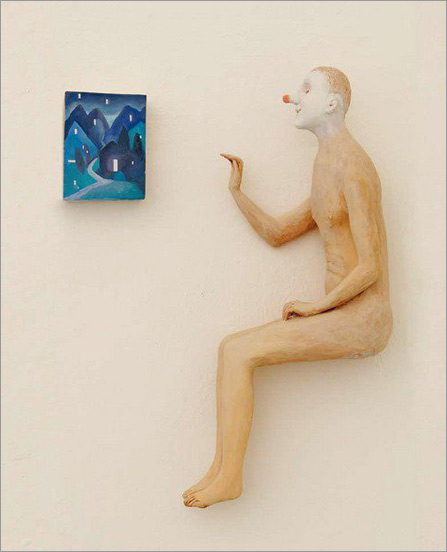 Pino Deodato work very much reflects his life: simple yet not simplistic, intimate and rich of positive values. It’s an art made of balance and a healthy sense of measure, on the pursuit of truths and meanings that mankind seems to have lost.
Pino Deodato work very much reflects his life: simple yet not simplistic, intimate and rich of positive values. It’s an art made of balance and a healthy sense of measure, on the pursuit of truths and meanings that mankind seems to have lost.
This specific project starts from a naked clown, looking at life with the playful eyes of a child.
He embodies Art, that does not need any ornaments (clothes) for its creative effort.

